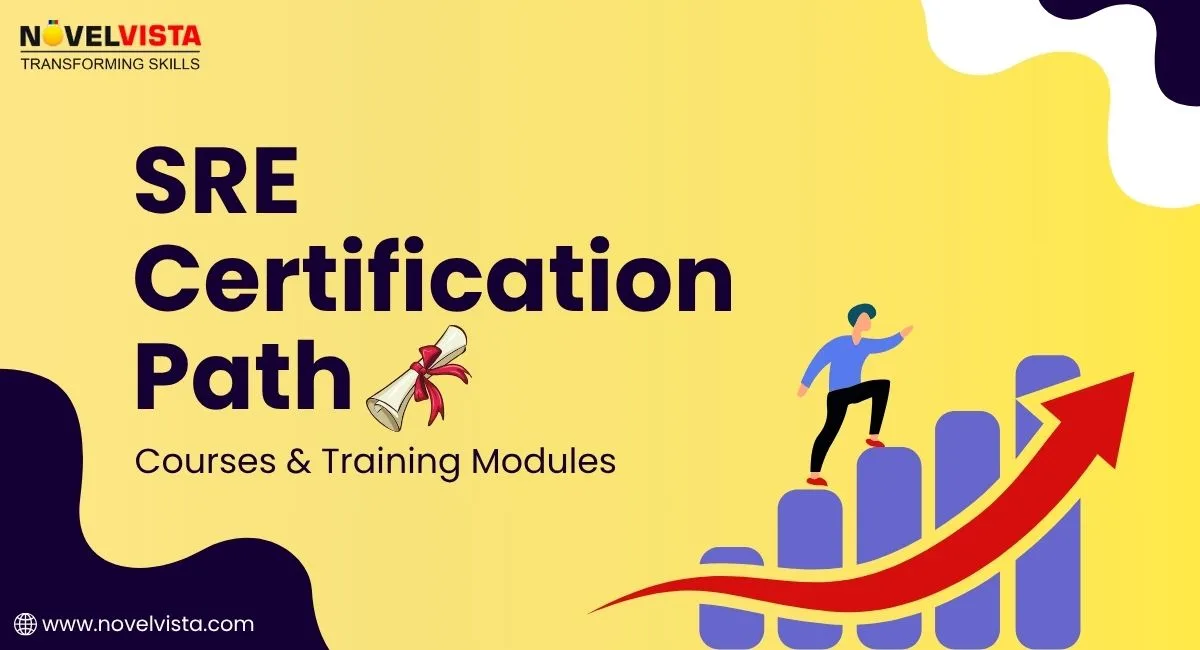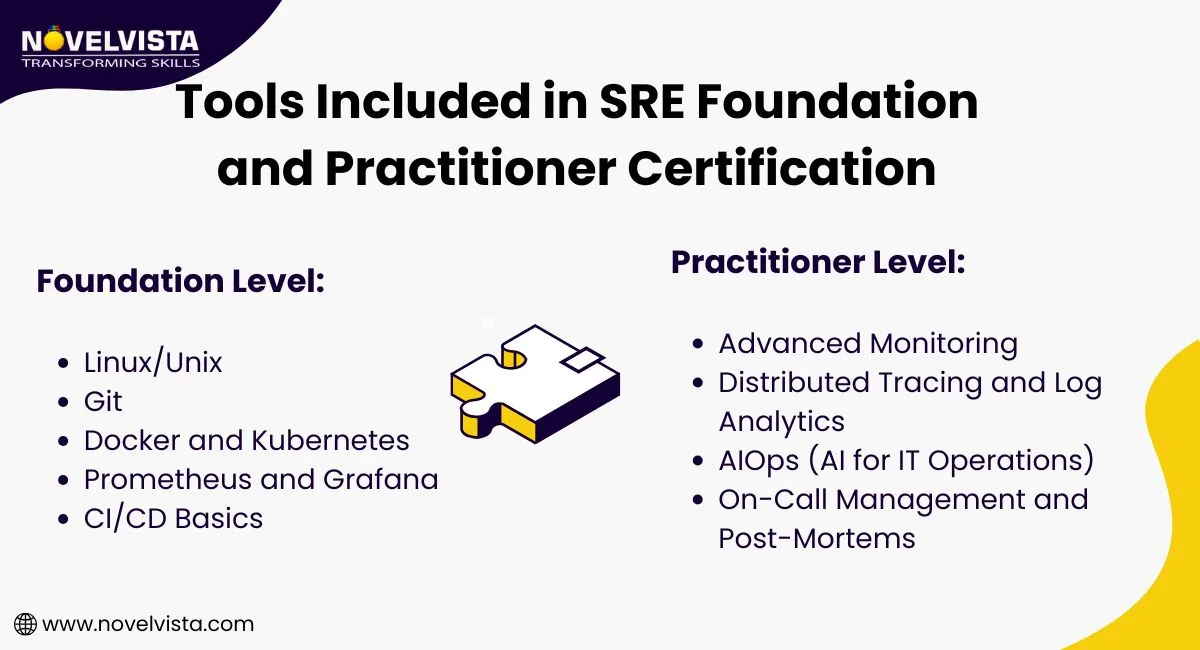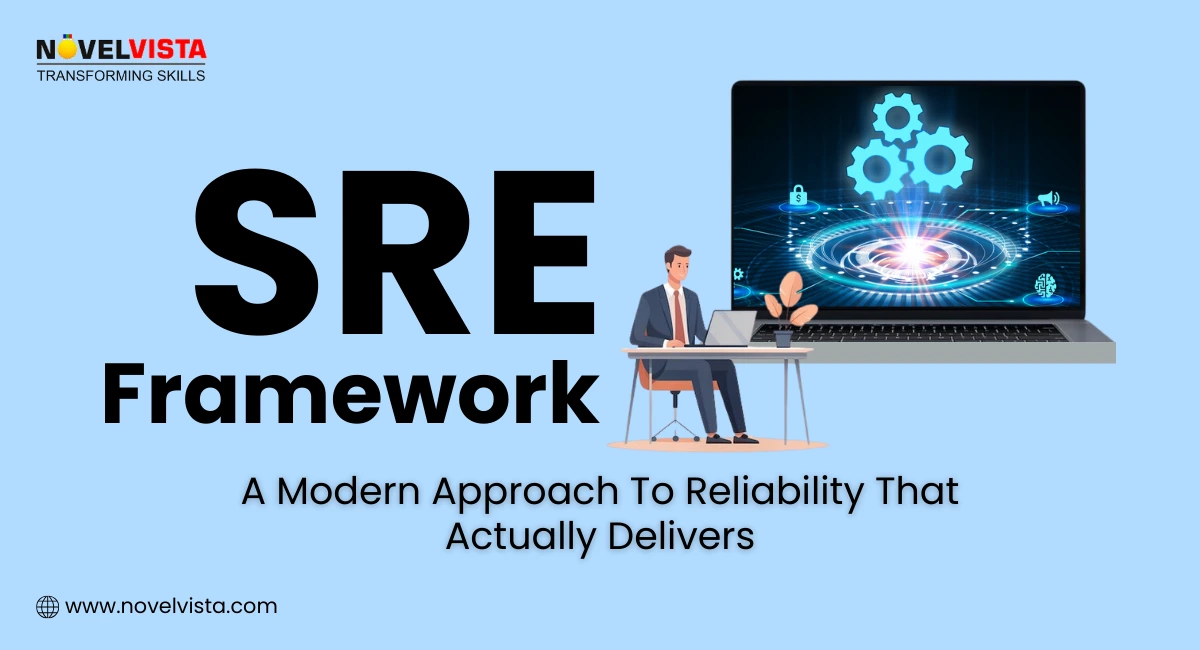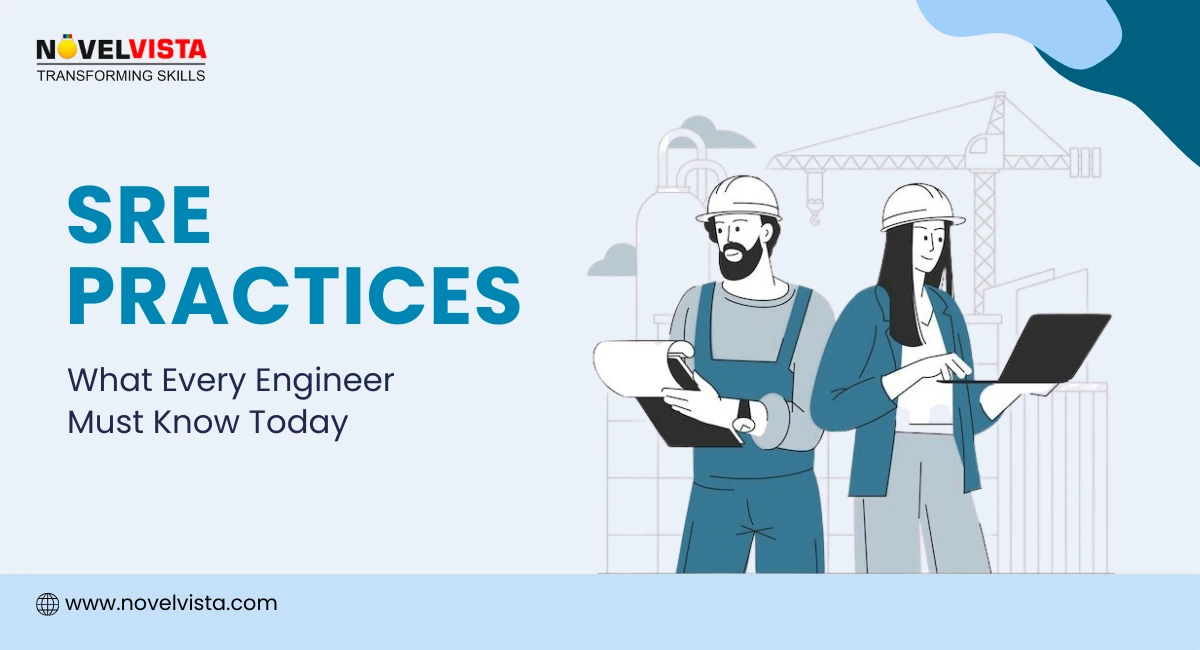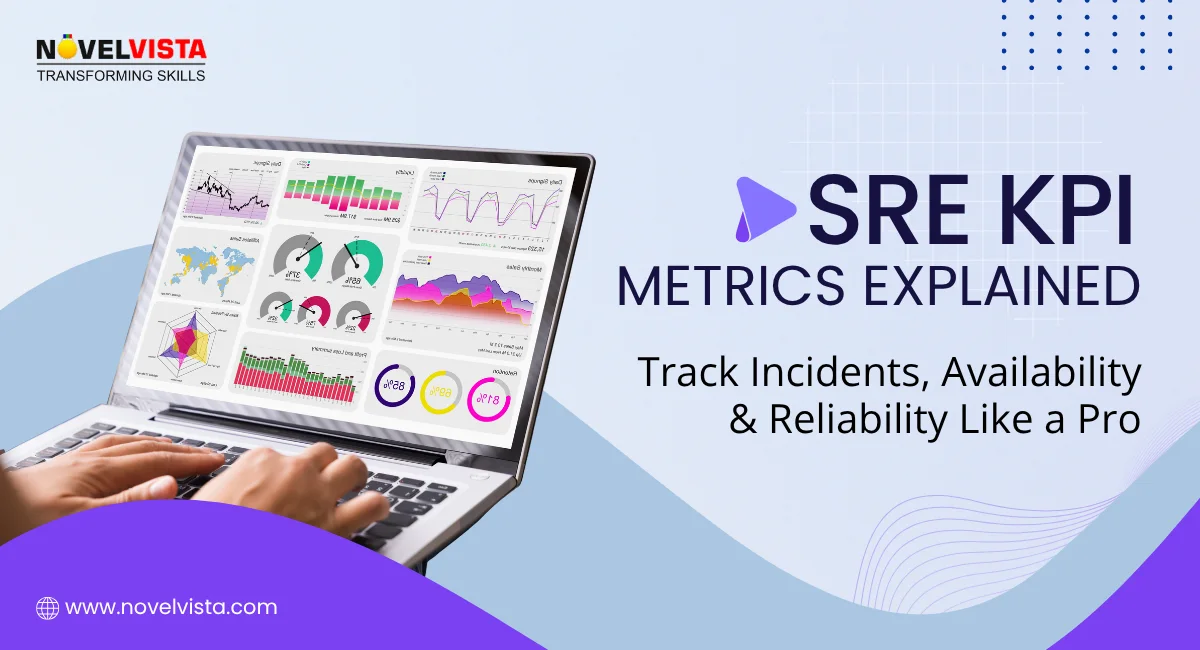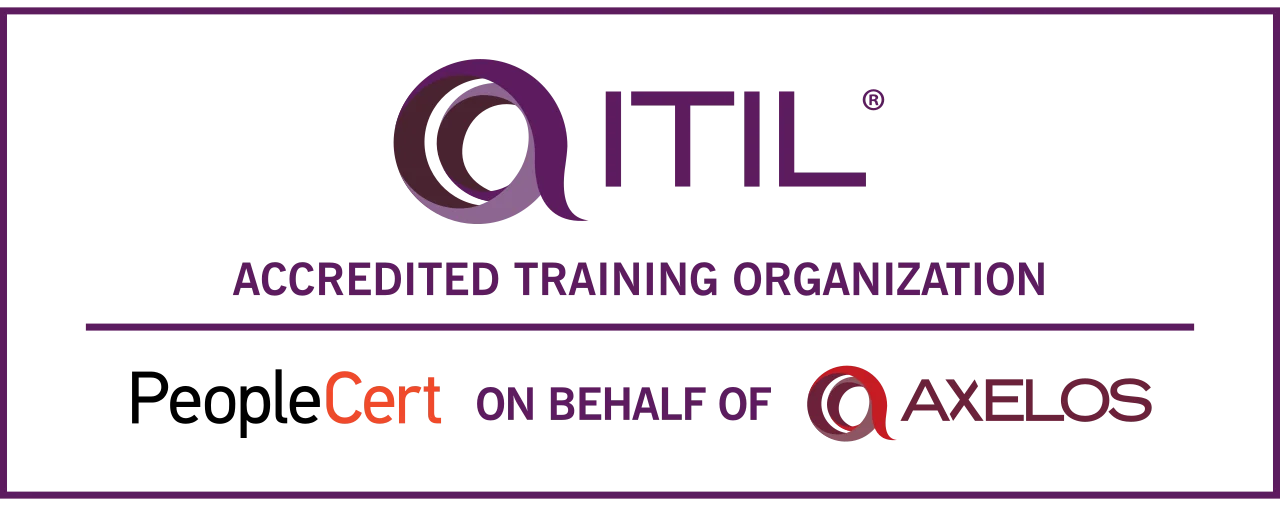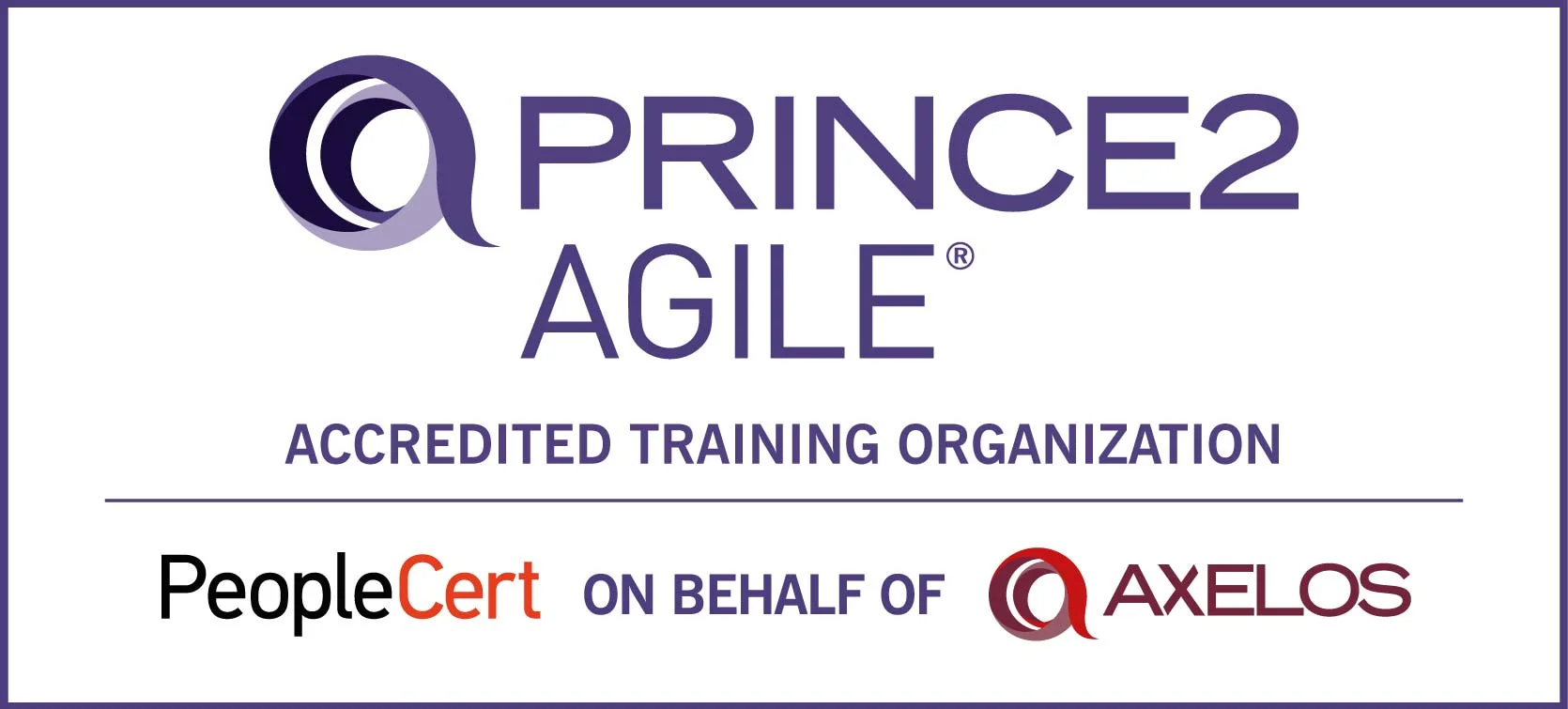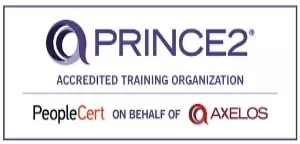In the digital world, site reliability engineering (SRE) is no longer a luxury; it’s a necessity. As businesses push for more uptime, faster releases, and robust cloud infrastructure, the demand for SRE professionals has skyrocketed. But here's the catch: the journey into SRE can be daunting, especially for those just starting out. You might be struggling with career stagnation, facing skill gaps, or unsure about the best training path to follow.
If you're someone aiming to enter the world of reliable systems and cloud infrastructure management, SRE Certification is a must. However, without a clear training roadmap, navigating the path can feel overwhelming.
The good news? This SRE career path guide will give you a step-by-step approach to SRE certification, covering everything from foundational knowledge to advanced skills. By following this roadmap, you can confidently build the expertise required to become a successful Site Reliability Engineer, regardless of your current experience level.Foundation Level
What You Learn:
At the foundation level, you’ll get an introduction to the core concepts that power SRE and differentiate it from similar practices like DevOps. You'll build a solid understanding of the principles and culture that form the backbone of site reliability.
- SRE Basics:
Understand the foundational principles of SRE, including the culture of reliability and how it differs from DevOps. Learn the essential Service Level Objectives (SLOs), Service Level Indicators (SLIs), and error budgets, critical components for managing system reliability.
- Core Concepts:
Dive into core concepts like toil reduction (eliminating repetitive work), monitoring, observability, and incident management. By the end of this stage, you’ll be familiar with basic techniques that ensure systems are resilient and highly available.
- Automation & Toil Reduction:
Learn to automate repetitive tasks and reduce toil, a major focus of SRE. Automation is crucial for scaling operations while maintaining reliability, a theme that resonates across all levels of SRE training.
Tools Covered:
You'll also be introduced to the essential tools used in the industry, including:
- Linux/Unix: Fundamental knowledge of operating systems, especially Linux, which is widely used in SRE roles.
- Git: Version control is essential for tracking and managing changes in the code.
- Docker and Kubernetes: Introduction to containerization and orchestration, key to deploying, scaling, and managing containerized applications.
- Prometheus and Grafana: Learn how to collect and visualize data related to system performance and reliability.
Practitioner Level
What You Learn:
As you move into the practitioner level, you will dive deeper into the application of SRE principles, focusing on how to implement them in real-world scenarios. This stage builds on the foundational knowledge and introduces more advanced topics that ensure you can scale services, manage incidents efficiently, and keep systems running smoothly at a larger scale.
- SRE Culture and Advanced SLO/SLI Strategies:
Learn how to implement a culture of reliability across teams and scale the SLO/SLI framework for larger systems. You’ll gain expertise in designing robust, observable systems with well-defined service levels.
- Incident Response and Chaos Engineering:
Master the techniques for managing incidents, including how to quickly detect, contain, and resolve them. Chaos engineering principles will also be covered, teaching you how to intentionally break systems to test their resilience and uncover vulnerabilities.
- Service Reliability at Scale:
As systems grow, so do the challenges of maintaining high reliability. At the practitioner level, you’ll learn how to manage the scale of operations and keep services reliable across larger infrastructures.
- Risk Management and Observability-Driven Development:
Understand how to implement risk management strategies and develop systems that are observable, allowing you to detect and address issues before they become critical.
Tools & Skills:
At this level, you will refine your skills and get hands-on experience with more advanced tools and techniques:
- Advanced Monitoring: Implement sophisticated monitoring tools and practices to ensure systems are always functioning at their best.
- Distributed Tracing and Log Analytics: Learn how to track system performance in real-time and analyze logs to pinpoint issues.
- AIOps (AI for IT Operations): Explore how artificial intelligence can be integrated with SRE practices to automate responses and improve decision-making.
SRE Certification Levels & Career Path Guide
Advance your career with the certifications and tools top SREs use to succeed.
Advanced Level
What You Learn:
The advanced level is where you truly become a Site Reliability Engineering leader. This phase focuses on architecting highly available systems, program management, and leading SRE teams. It’s designed for those looking to take on leadership roles within SRE and apply advanced strategies for reliability at the enterprise level.
- Architecting Highly Available and Fault-Tolerant Distributed Systems:
Learn how to design systems that can withstand failures without compromising performance or uptime. You'll explore advanced architecture principles to ensure system availability, even under extreme conditions.
- Leadership in SRE Teams and Cross-Organization Scaling:
As you advance, leadership skills become crucial. Learn how to manage large SRE teams, implement cross-organizational scaling, and align SRE efforts with broader business goals.
- Predictive Incident Management and Capacity Planning:
Dive into predictive incident management, using data and AI tools to anticipate and mitigate issues before they arise. You will also learn capacity planning to ensure systems can scale efficiently.
At the advanced level, you will also explore how machine learning can be used to predict system failures and automate aspects of incident management.
Popular Certifications & Courses
If you're just starting with SRE, NovelVista offers a comprehensive learning path that covers foundational to advanced topics, helping you get certified and gain hands-on experience. Below are some of the best courses to get started with your SRE certification journey:
1. NovelVista – SRE Foundation Certification:
This course introduces the core concepts of Site Reliability Engineering (SRE), providing a solid foundation in principles, tools, and the culture needed for a successful SRE practice. You will explore key topics such as SLOs, SLIs, error budgets, monitoring, toil reduction, and much more.
2. NovelVista – SRE Practitioner Certification:
Building on the Foundation level, this course covers advanced SRE topics like incident response, chaos engineering, observability, and service reliability at scale. You'll gain practical experience with real-world tools like Prometheus, Grafana, and Docker, and understand how to implement SRE culture within large-scale systems.
How NovelVista Can Help
At NovelVista, we offer comprehensive SRE training across all levels, from Foundation to Advanced. Our courses are designed to provide real-world, hands-on experience using industry-standard tools like Prometheus, Grafana, Docker, and Kubernetes.
What Makes NovelVista Different?
- Structured Learning Path: Our courses are designed to guide you from basic concepts to advanced skills, ensuring a smooth learning journey.
- Experienced Trainers: Our instructors have over 10 years of experience in SRE and DevOps, offering you valuable insights into the real-world applications of SRE principles.
- Flexible Learning Formats: Whether you prefer self-paced learning, live virtual classes, or weekend sessions, NovelVista offers flexible learning options to fit your schedule.
- Hands-On Training: We provide practical labs, case studies, and tools to ensure you can apply what you learn in a real-world setting.
Our Suggestion
To become proficient in SRE, here’s our suggested roadmap:
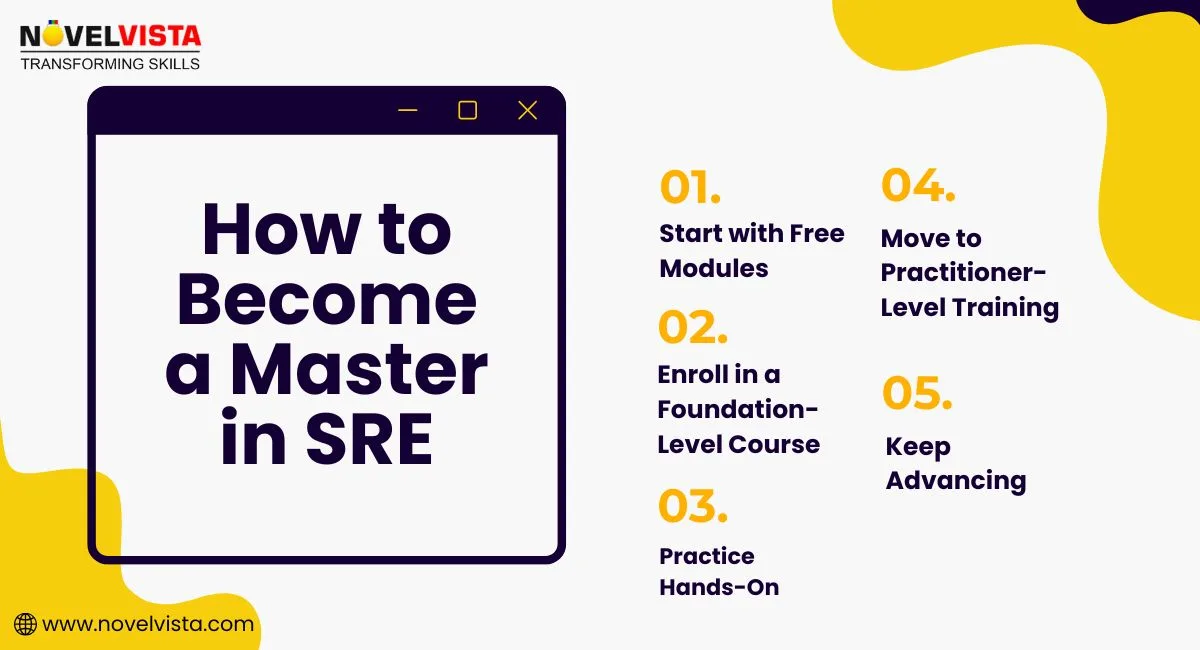
- Start with Free Modules: Explore free learning resources like Microsoft Learn or Google’s SRE docs to get a feel for the basics of SRE.
- Enroll in a Foundation-Level Course: After grasping the basics, enrol in a structured SRE Foundation course, such as NovelVista’s SRE certification, to build a strong foundation.
- Practice Hands-On: Experiment with monitoring tools, build SLOs, and practice automating processes with tools like Docker and Kubernetes.
- Move to Practitioner-Level Training: Once you're comfortable, progress to more advanced training, focusing on incident response, service reliability, and distributed tracing.
Keep Advancing: Join advanced learning paths and specialist tracks such as Google Cloud SRE or Google Professional Cloud DevOps Engineer for a deeper understanding.
Conclusion
The SRE certification path is a structured journey that helps you grow from a beginner to a highly skilled practitioner and eventually an advanced leader in reliability engineering. By following the right learning path and gaining hands-on experience, you’ll acquire the skills necessary to excel in the ever-evolving field of site reliability.
At NovelVista, we equip you with the right tools, expertise, and mentoring to ensure that your journey to becoming a certified Site Reliability Engineer is practical, efficient, and aligned with your career goals. Don’t wait, start your journey to SRE success today!
Frequently Asked Questions
Author Details

Vaibhav Umarvaishya
Cloud Engineer | Solution Architect
As a Cloud Engineer and AWS Solutions Architect Associate at NovelVista, I specialized in designing and deploying scalable and fault-tolerant systems on AWS. My responsibilities included selecting suitable AWS services based on specific requirements, managing AWS costs, and implementing best practices for security. I also played a pivotal role in migrating complex applications to AWS and advising on architectural decisions to optimize cloud deployments.
Confused About Certification?
Get Free Consultation Call

